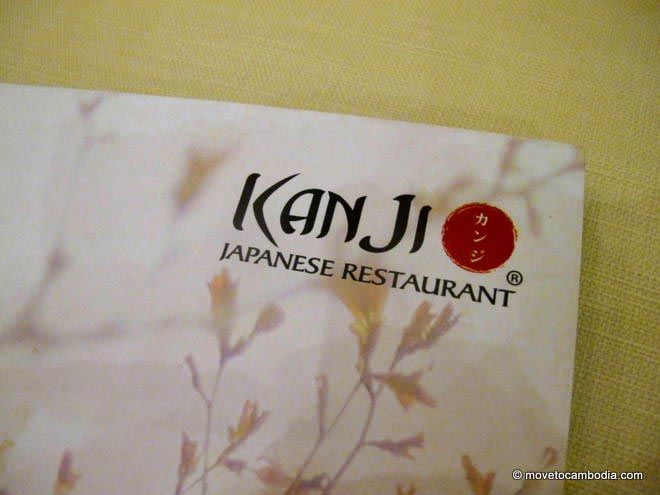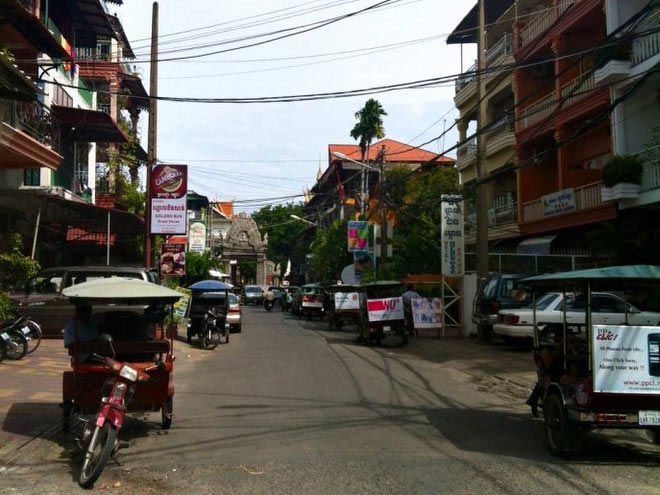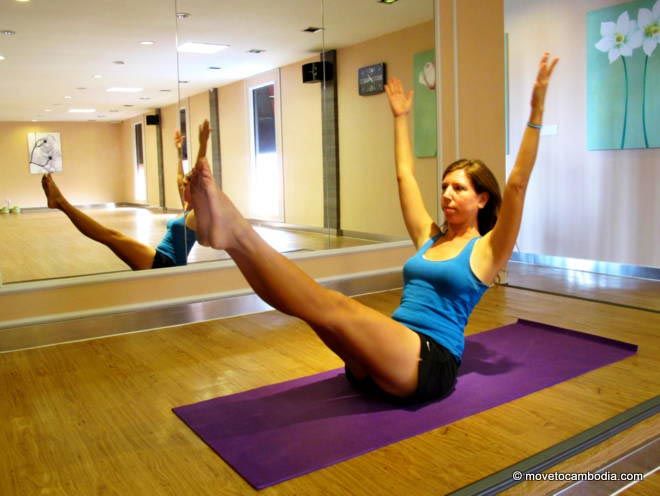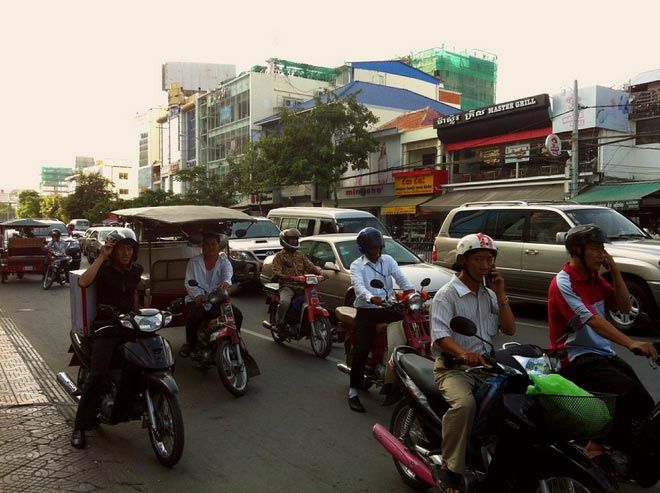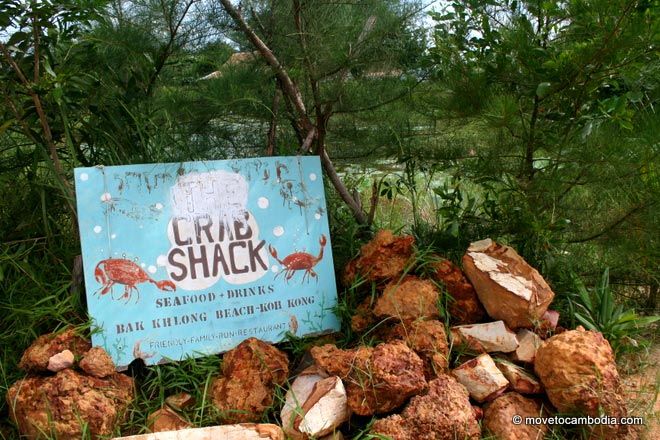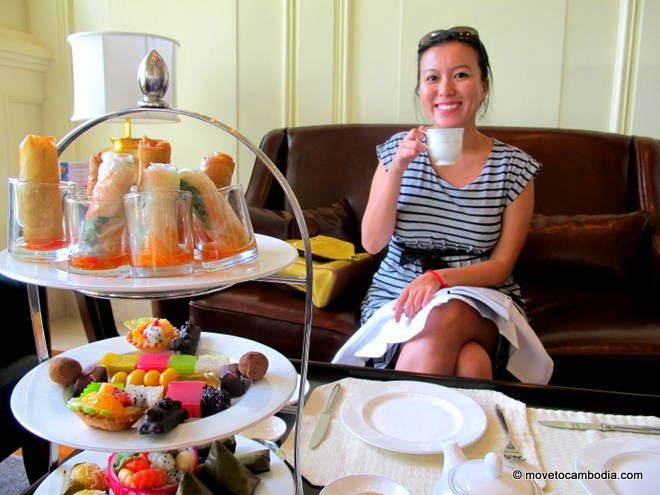For all of the Americans in Phnom Penh, there are a few delicious Thanksgiving options. Last year many tears were shed in the expat community when there wasn’t enough turkey to go around, so reservations are advised!
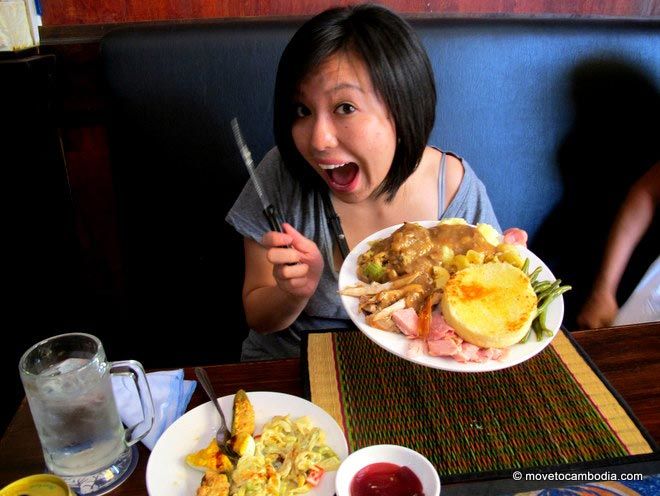
Gobble gobble! It’s almost time for Thanksgiving in Cambodia!
Alley Cat
The Thanksgiving menu at Alley Cat is even better than last year, with the addition of turkey. They are offering smoked ham and turkey, served with mashed potatoes, sausage gravy, green bean casserole, cheesy cauliflower, sage stuffing, cranberry sauce and dinner rolls plus pumpkin pie for dessert.
Price is $12 and includes a free bottle of Becks, glass of wine, or a canned beer if reserved by Wednesday 21st. Served from 6pm, Thurs 22nd. Reservations advised.
St 19z, near corner of Street 19 and Street 178, Phnom Penh
T: 012 306 845
Green Vespa
Expect a gourmet offering at Green Vespa this Thanksgiving. The menu consists of creamy pumpkin soup with a hint of nutmeg, roast American butter-basted turkey, butcher’s ham, corn on the cob, savory stuffing, cranberry sauce, roast and mashed potatoes with turkey gravy and cinnamon sugared apple crumble for dessert with vanilla ice cream.
Price is $19.75 per person and reservations recommended.
95 Sisowath Quay, Phnom Penh
T:012 887 228
greenvespa.com
Hagar Restaurant
Hagar is putting on a buffet-style Thanksgiving lunch from noon to 6PM on Thursday. They will be serving:
Starters: prawn & avocado salad, artichoke and jalapeno spread, mushroom soup with cumin
Main courses: cajun-rubbed rotisserie turkey, traditional sausage & herb bread stuffing, vegetarian stew, cheesy mashed potatoes, broccoli casserole, honey-glazed baby carrots
Desserts: turtle pumpkin pie, oreo turkey, chocolate cake
Price is $16 for adults and $7 for kids and home delivery is available.
44 Street 310, BKK1, Phnom Penh
T: 010 333 095; 010 333 014
hagarcatering.com
